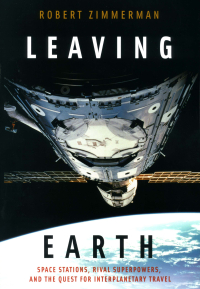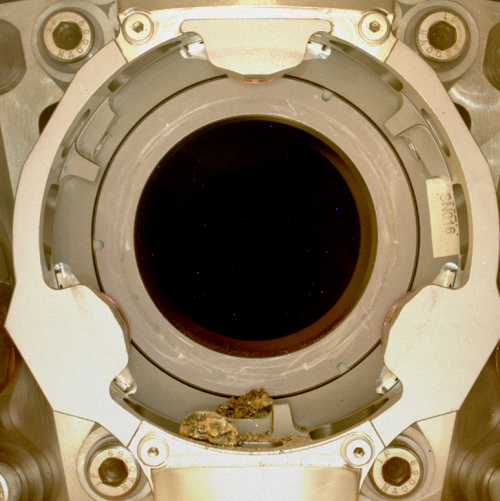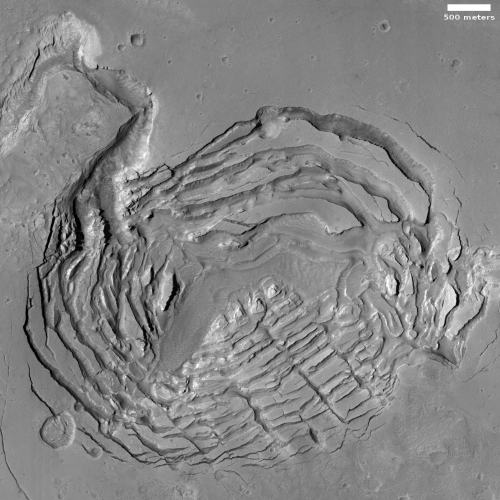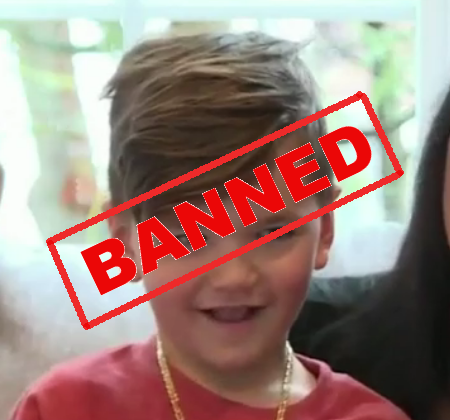NASA: Russian anti-satellite test in November doubled the threat to ISS
According to a presentation by a NASA official at a conference today, further tracking of the debris from the Russian anti-satellite test on November 15, 2021 suggests that it has doubled the overall chance of a debris collision with ISS.
NASA ISS Program Director Robyn Gatens told a NASA advisory committee today that the November 15, 2021 Russian ASAT test forced the Expedition 66 crew to implement safe haven procedures, closing hatches to parts of the ISS and sheltering in the Soyuz and Crew Dragon spacecraft that could return them to Earth if worse came to worse.
Russia denied the test imperiled the crew, but Gatens said the threat of a piece of debris penetrating the ISS now has doubled to one chance in 25,000-33,000 orbits, versus one in 50,000 orbits prior to the test. The ISS does about 6,000 orbits a year.
It should be noted that, according to these numbers, the overall threat seems quite manageable. Nonetheless, the Russian anti-sat test was entirely irresponsible, especially because it targeted a defunct satellite in an orbit slightly higher than ISS, which means its debris will over time move into ISS’s orbit. The test also violated the Outer Space Treaty, which Russia has signed, which requires all signatories to control what they do in space so that it does not threaten either the persons or property of anyone else.
According to a presentation by a NASA official at a conference today, further tracking of the debris from the Russian anti-satellite test on November 15, 2021 suggests that it has doubled the overall chance of a debris collision with ISS.
NASA ISS Program Director Robyn Gatens told a NASA advisory committee today that the November 15, 2021 Russian ASAT test forced the Expedition 66 crew to implement safe haven procedures, closing hatches to parts of the ISS and sheltering in the Soyuz and Crew Dragon spacecraft that could return them to Earth if worse came to worse.
Russia denied the test imperiled the crew, but Gatens said the threat of a piece of debris penetrating the ISS now has doubled to one chance in 25,000-33,000 orbits, versus one in 50,000 orbits prior to the test. The ISS does about 6,000 orbits a year.
It should be noted that, according to these numbers, the overall threat seems quite manageable. Nonetheless, the Russian anti-sat test was entirely irresponsible, especially because it targeted a defunct satellite in an orbit slightly higher than ISS, which means its debris will over time move into ISS’s orbit. The test also violated the Outer Space Treaty, which Russia has signed, which requires all signatories to control what they do in space so that it does not threaten either the persons or property of anyone else.









